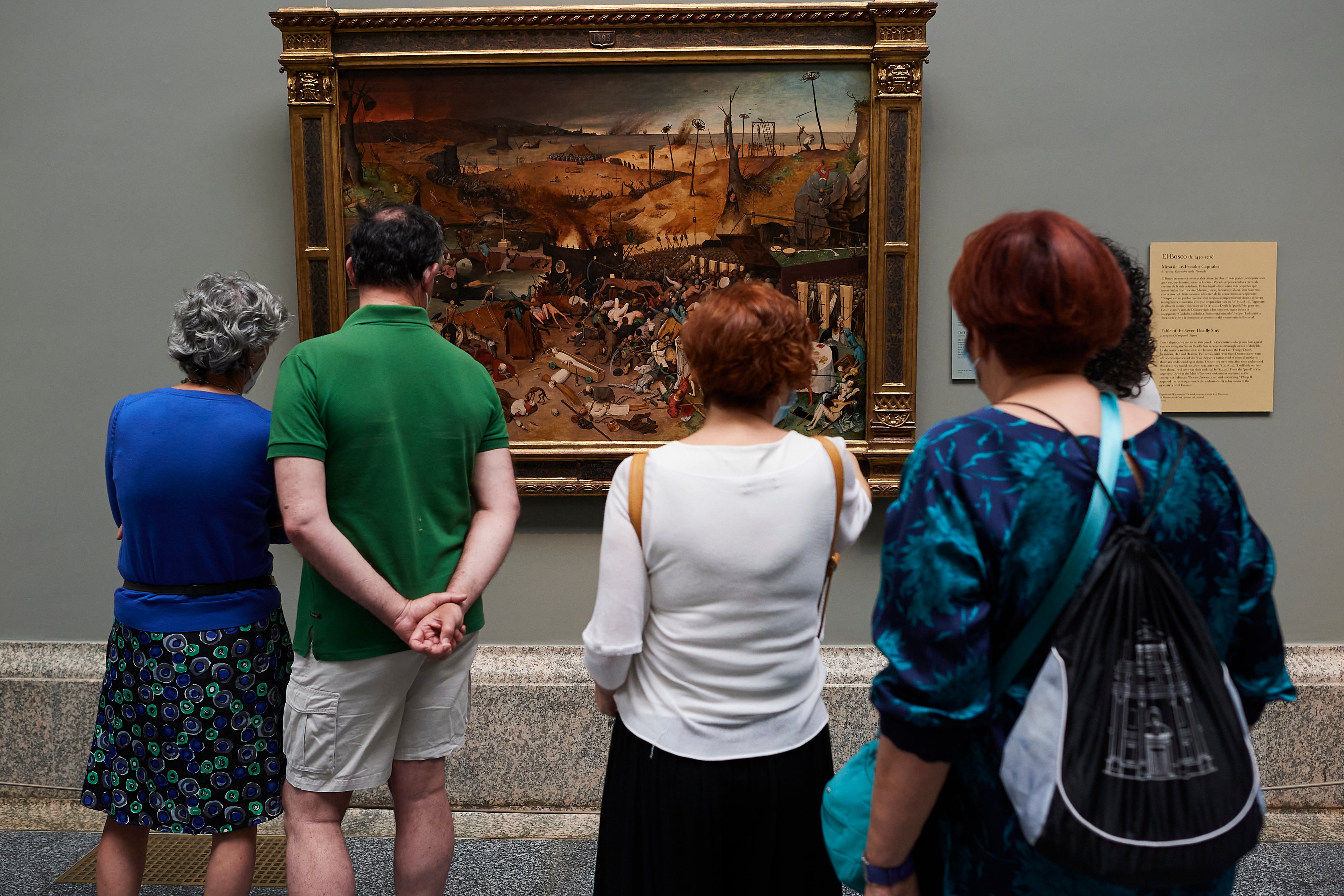Diaries written in the 16th century have helped researchers to chronicle famine, flooding and plagues in medieval Romania, shedding light on life during Europe’s Little Ice Age.
While glaciers and sediments have provided valuable insights into past climates, researchers have been relying on diaries, travel notes and parish registers to get a deeper understanding of society in medieval Europe.
In a new study, published in the journal Frontiers in Climate, researchers assessed such written documents – collectively known as the “society’s archive” – to understand how European societies adapted to significant changes.
They focussed on a period in history known as the Little Ice Age, a global cooling event that spanned from the 14th to the 19th century. This shift from the warmer early Middle Ages to cooler climates deeply affected agriculture, food resources, as well as the social and economic stability of medieval societies.

Western Europe cooled considerably as the Little Ice Age intensified, leading to a temperature drop of about 0.5C.
In Transylvania, records chronicled heavy rainfall and frequent flooding in the late 1500s, but the weather was hot more often than cold before then. “This makes us believe that the Little Ice Age could have manifested itself later in this part of Europe,” Tudor Caciora, a co-author of the study from the University of Oradea in Romania, said.
A hot and dry first half of the 1500s was followed by a second half characterised by heavy rainfall and floods, particularly in the 1590s. “A compelling passage comes from a historical document describing the summer of 1540. ‘The springs dried up, and the rivers dwindled to mere trickles. Livestock fell in the fields, and the air was thick with despair as the people gathered in processions, praying for rain,’” Dr Caciora explained.
“This vivid account underscores the emotional and spiritual dimensions of living through climatic extremes.”
These weather variations were catastrophic, researchers said, leading to three decades of the Black Death, 23 years of famine, and nine years during which locust invasions were recorded.
“Chronicles and diaries reveal how people perceived, responded to and were impacted by these events,” Dr Caciora said.
Researchers cautioned that this method of studying historical records was somewhat flawed since few people in medieval Europe were literate and the reports that existed were often being subjective or only true on local scales.
They also could not find records for about 15 years of the 16th century.
Still, researchers said, such records gave a glimpse into how people in the past might have lived and could be relevant for modern climate resilience strategies.
“It provides a human-centric perspective on past climatic events,” Dr Caciora said.
Source: independent.co.uk



